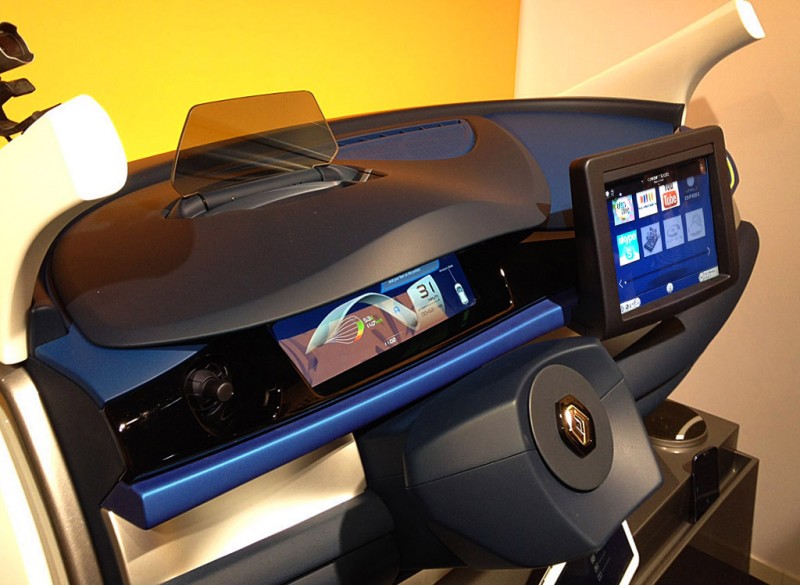Renault have often had an interesting approach to technology in their cars. They partnered with TomTom who, at the time, had been at the forefront of satellite navigation systems. Installing TomTom’s was a smart move in many respects and Renault even saw fit to introduce models with the TomTom name attached.
Now, with many technology companies being very specialised experts in their respective fields, Renault has teamed up with Orange – sensible because of Orange’s global reach, such as Orange FR (the French equivalent). Together, Renault and Orange have been looking at ways in which 4G mobile data technology might be made best use of.
For those who aren’t tech savvy, 4G replaces 3G which in turn replaced (but coexists with) 2G. What it stands for doesn’t matter much, essentially it the number represents a protocol or ‘standard’. 4G uses different frequencies than 3G which is why there have been many reports and scandals with it’s introduction, such as that it’s frequency is at the same rate as digital FreeView television and that as there are many different band widths, some mobile phones – despite being labelled as 4G – didn’t work with certain 4G operators. The main thing to know about 4G though, is that it is like fibre broadband to the mobile phone industry. As with most things tech, there is of course many names for the same thing and 4G is often called LTE in other parts of the world, particularly America.
When the internet and mobile phones really started, 2G and dial-up were the fundamental options. Then came 3G for mobiles as did ADSL and cable broadband for homes. Now 4G is making it’s way into the palm of your hand, just as fibre optic broadband is doing in many people’s homes.
So, what’s the fuss if it’s just a faster internet protocol? Well, in simple terms it means you can do more with the internet. Whether that’s update the traffic on a satellite guided map – which can also use triangulation to work out a faster and more accurate position too – or if it’s even just used to finding a nearby coffee shop using the speed of the internet connection.
Renault and Orange have been trying to find out just that; what IS the best way to make use of the increase in internet speed that 4G might offer?
One thing is for sure with 4G, that as more and more people adopt using it, the speeds will slow down to more like what 3G offers already, and in many cases super 3G or HSDPA+ if you will… already offers near the lower speed rate available of 4G. Ultimately it will be interesting to see how manufacturers make use of the new technology, but for now it will simply mean that anything that could already be done with internet services will increase in speed.
Commenting, Rémi Bastien, Head of Engineering Innovation at Renault, said:
“This partnership is an example of an effective working relationship between two very different worlds. We were able to benefit ahead of time from a high-speed LTE network and from Orange’s expertise, with an opportunity to take advantage of the network for our prototype of the connected vehicle of the future.”
Nathalie Leboucher, Head of the Smart Cities Program at Orange, said:
“We are delighted to provide Renault with the unrivalled performance of our 4G network and thereby contribute to the development of new web-mobility uses and services for the vehicles of the future. Connected cars make travelling more efficient through communicating services and stand as a major development priority in Orange’s strategy.”
Renault have been experimenting with a ZOE based new concept named the NEXT TWO and showed off their developments at the LeWeb 2013 conference in Paris earlier this month as can be seen in the photo above. The dashboard is loosely reminiscent of the ZOE but the inclusion of the pop-out central display and Heads-Up-Display (HUD) do look very rudimentary.

